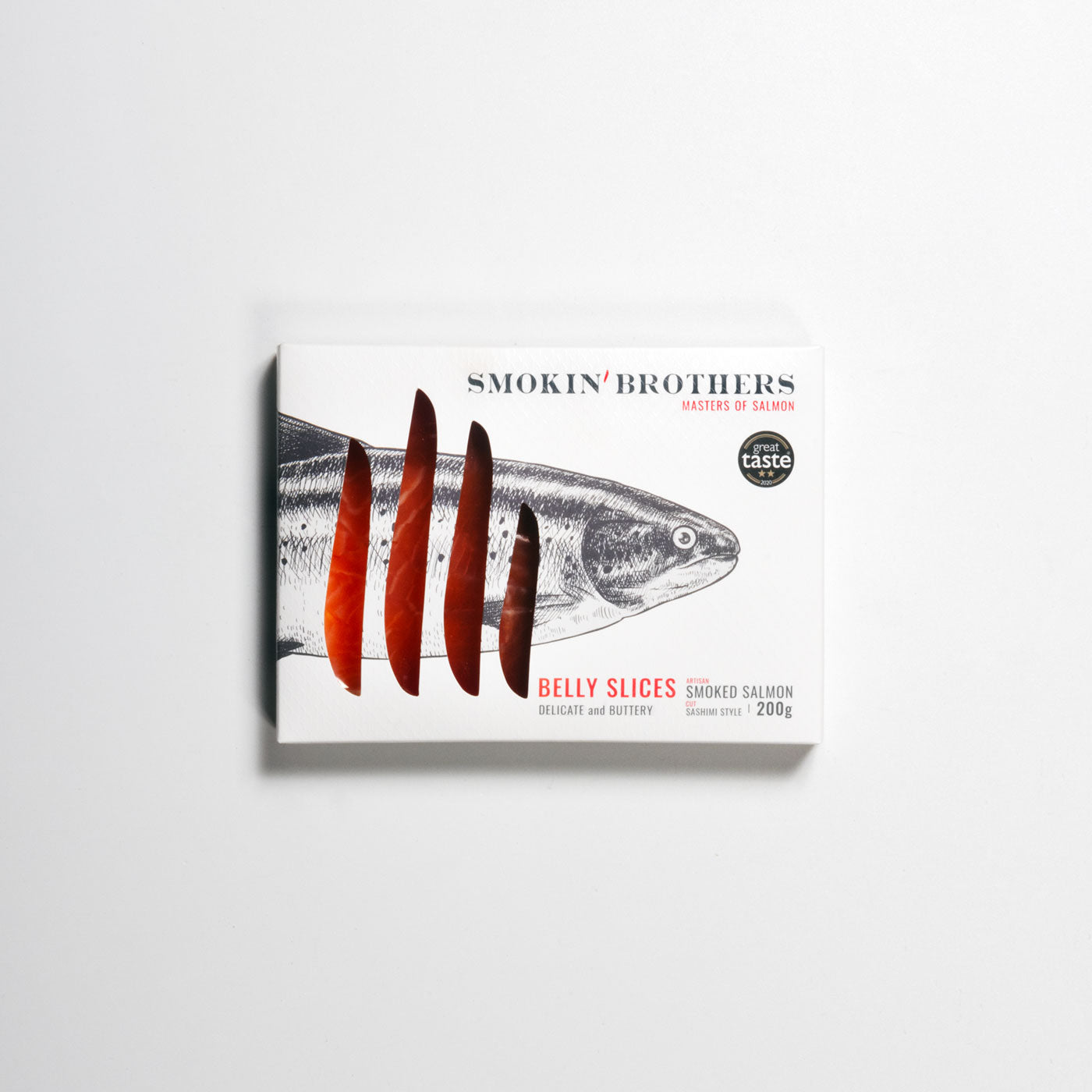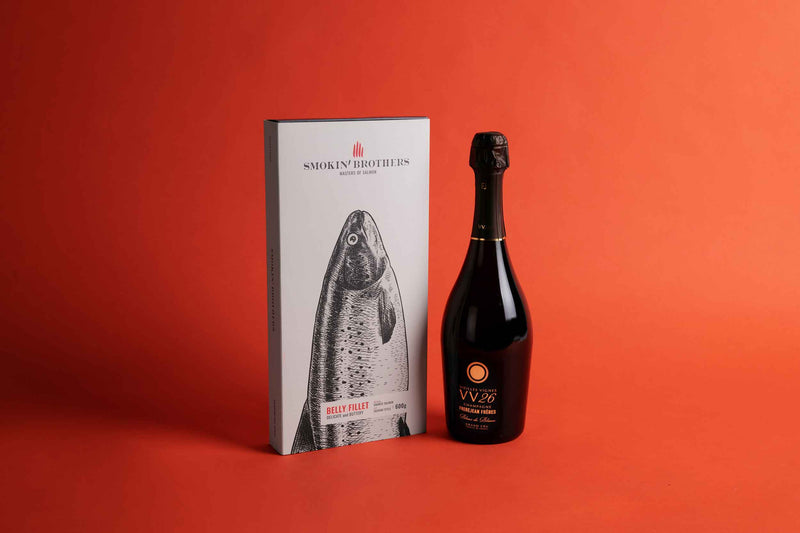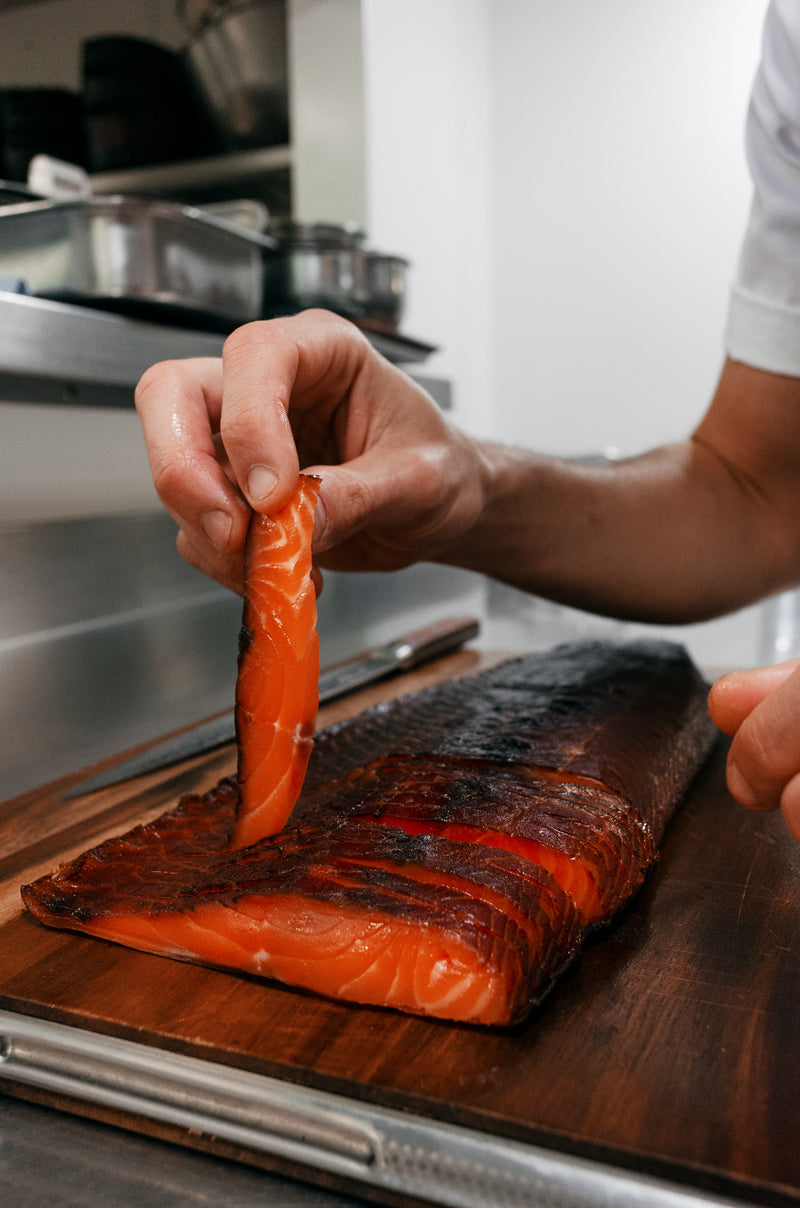Dry-aging is a refined culinary technique steeped in history; and it is making a resurgence - and divergence - into the fish category.
What is dry-aged fish, you may ask? Traditionally a technique employed to preserve meats for longer (much like the smoking process), dry-aging involves storing fish under controlled temperature, humidity and airflow conditions as a means to enhance its flavor and texture profile.
Renowned Chefs such as Australia's Josh Niland have been shaking up the culinary world by taking the dry-aging method away from its usual beneficiary beef and into the conversations - and kitchens - that handle fish products.
And the Smokin’ Brothers are especially excited about this industry revolution, as it has paved the way for us to introduce our very own dry-aged fish offerings to our customers!
Why do we love dry-aged fish so much? Let us tell you…
- Enhanced flavor: by reducing the fish’s moisture content its natural flavors are concentrated. The result? A richer and more complex taste profile.
- Improved texture: the fish’s muscle fiber is broken by enzymatic activity during the dry-aging process, leading to an incredibly tender, melt-in-the-mouth texture that is highly prized in gourmet cuisine.
- Extended shelf-life: dry-aging reduces moisture in the fish, which means bacterial growth is inhibited. This extends the fish’s shelf life without compromising its exquisite quality.
- Reduced ‘fishiness’: dry-aging removes the fish’s strong odor and taste, presenting a cleaner fish that appeals to a broader audience.
- From nose to tail: with dry-aging we can approach fish the same way we look at other meats such as beef. Every part of the fish has a culinary purpose, opening the doorto door to (delicious!) culinary advances we have never experienced before.
It has been a long-held belief that fresh equals best when it comes to fish. But with culinary disruptions such as dry-aging (re)emerging on the scene, this conception is finally being challenged, one delectable mouthful at a time.







